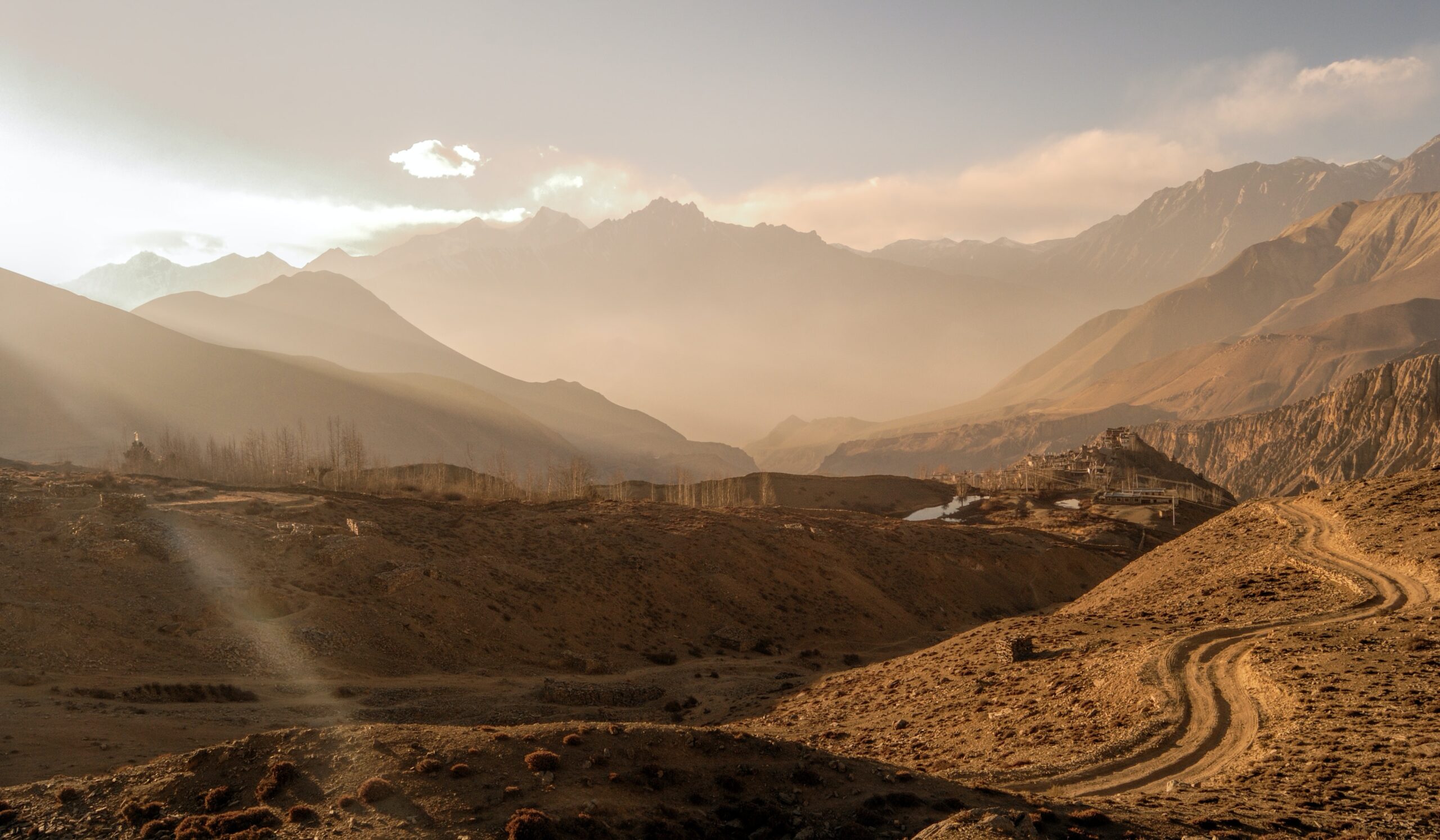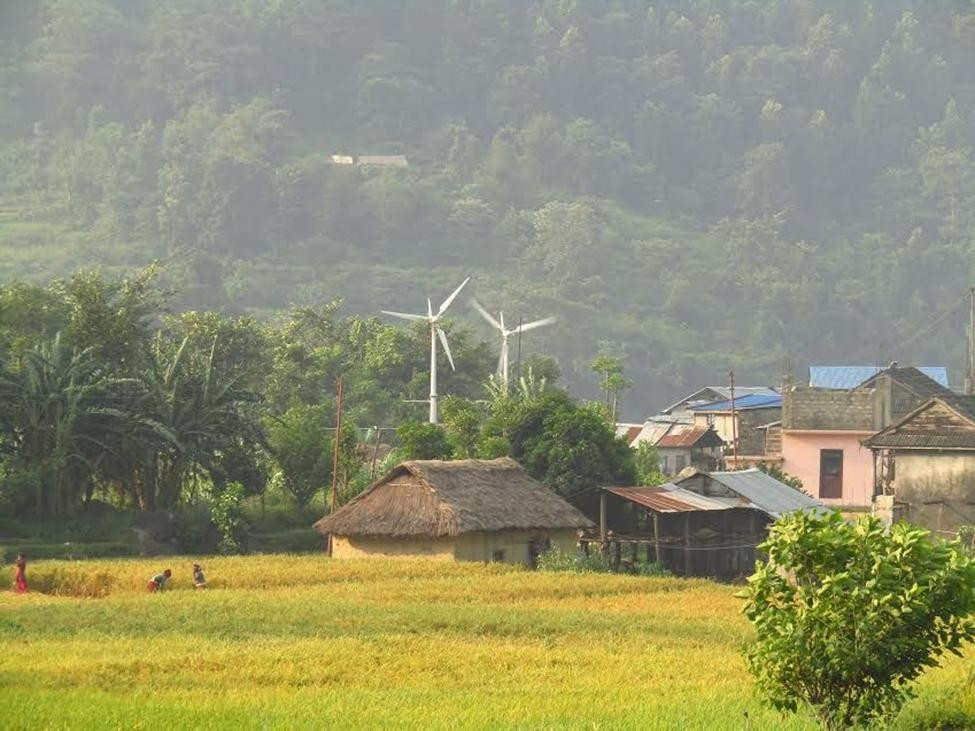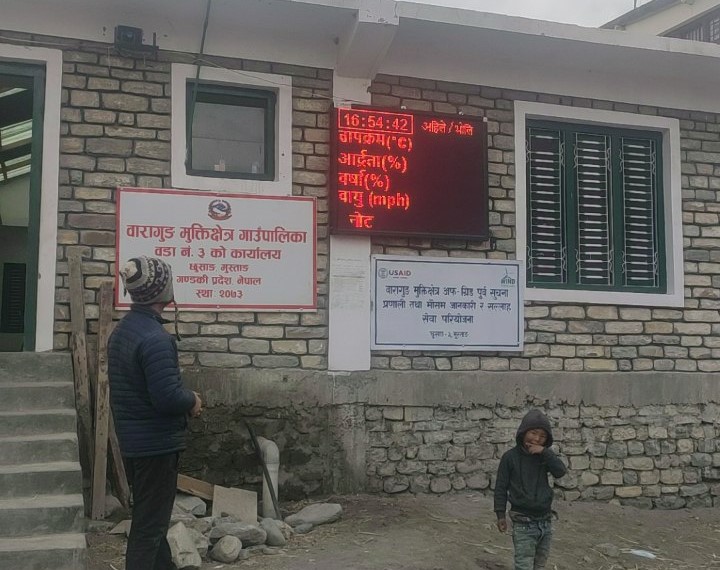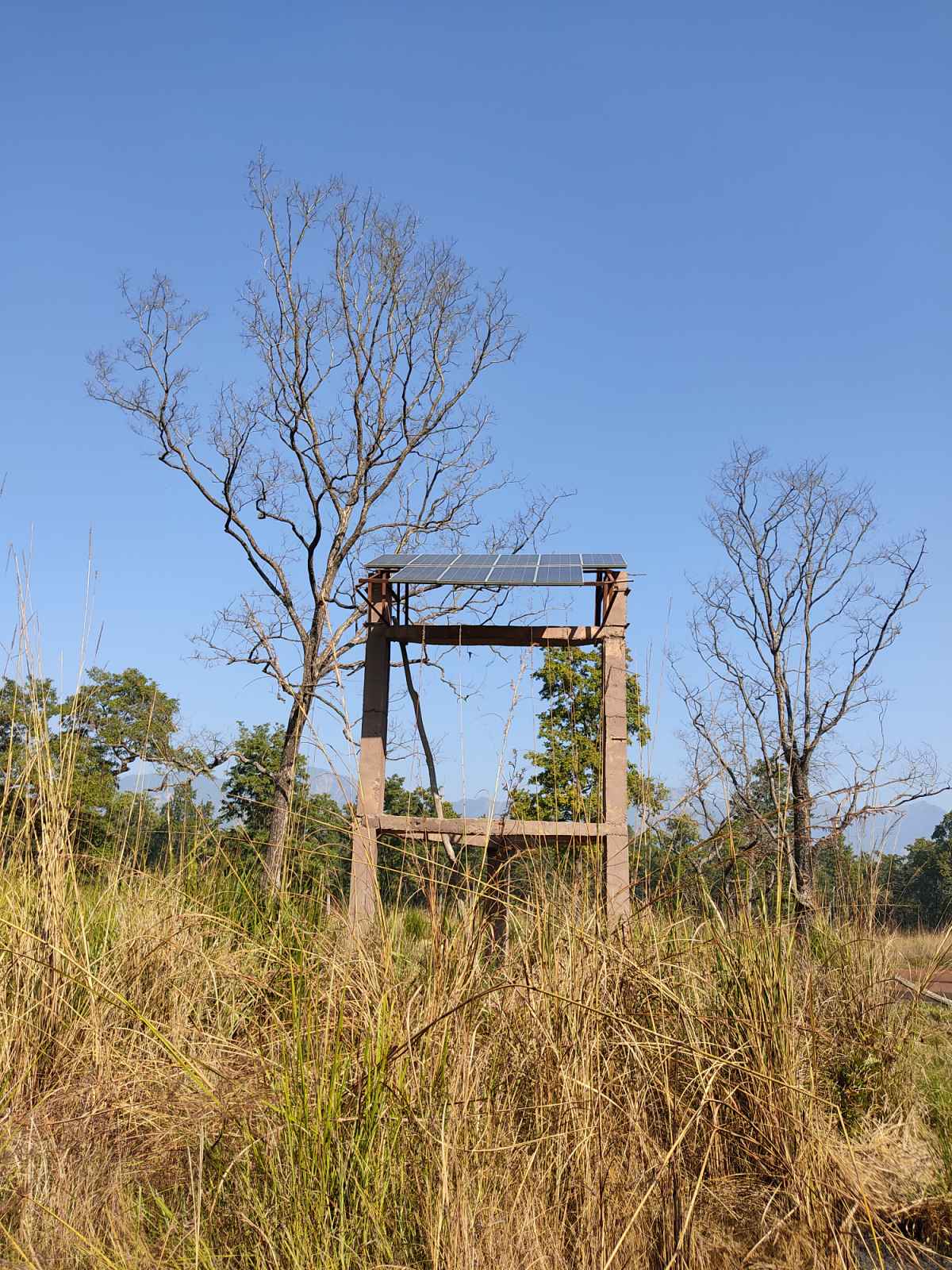An economic problem of the world lies in the fact that human wants are infinite but the resources are limited. To cater to the increasing demands of growing population, one of the most important aspects is energy. Energy is indispensable part of our life, for it is required in our day-to-day activities and the industries which provide us various commodities are dependent on energy. Traditional energy, which includes petroleum products and firewood, are limited and finite resources. Since traditional energy are not sustainable in the long run, there is a much-needed transition to renewable energy technologies like solar energy, wind energy, biomass energy, etc. Although renewable energy scenario has improved a lot in the developed nations, Nepal, being one of the developing countries, is still lagging behind and has not been able to tap into its resources properly.
One such renewable resource is wind energy. Wind energy is one of the important renewable energies. Energy harnessed from the air in motion is known as wind energy. Kinetic energy present in the wind is converted to electric energy with help of wind turbines. The blades tap in the air current and rotates the shaft connected to the generator and thus generates electricity.
According to the Solar and Wind Energy Resource Assessment (SWERA), a study conducted by Alternative Energy Promotion Center (AEPC) with the support of United Nations Environment Program/Global Environment Facility (UNEP/GEF), Nepal has a theoretical potential of producing about 3000MW of wind energy. However, the development of wind energy in Nepal is still at a very slow rate. Although a single wind turbine can produce up to 8MW of energy, the highest installed capacity of a single wind turbine in Nepal is merely 5KW. One of the important reasons why Nepal has not been able to tap into the wind energy is because of the lack of a wind map and capital investment.
Unlike the water resources for hydro power, the wind resource is localized to specific place and this cannot be changed. Optimum wind velocity must be determined to systematically place wind turbine in order to maximize the wind energy output. Velocity of the air increases with increase in height. Air near the surface has lower wind speed due to the drag created by land or water. In addition, air is more turbulent near the surface due to buildings, industries and vegetation. Thus, there is a much needed wind resource assessment specific to the site. Wind mapping can be done by installing a metrological tower with anemometers and wind direction vane at various heights to measure wind speed and wind direction. Wind speed and the direction are stored by using a suitable data logger which records the information provided by various sensors at pre-specified intervals. The wind data must be collected for at least a year to create a wind profile which allows the developers to tap into the turbulent free and stable wind velocity to maximize output of wind turbines.
Various governmental as well as private organizations are taking initiatives to promote wind energy in Nepal. Small wind turbines are used for off-grid electrification in few places by AEPC in conjunction with other private parties. In most cases, AEPC has followed a demand driven approach to install the wind mast or wind-solar hybrid system. Usually locals from off-grid communities with good wind resource would approach to AEPC. AEPC would then commission consultants or experts to verify the claim. The experts would ideally look into satellite wind data, usually the one provided by NASA, and go on a field visit to study proxy indicators, such as bent trees, to reconfirm if it is a windy area. They would also use held anemometer to collect wind data on the spot. Once, it is confirmed that the area is windy, then AEPC would go ahead with the installation of wind mast or small wind-solar hybrid system, depending on the project scope. At present, AEPC with the support of Asian Development Bank (ADB) is venturing into wind measurement in various locations, under the South Asia Subregional Economic Cooperation (SASEC) Power System Expansion project, with an aim to install wind-solar hybrid projects for off-grid electrification and productive end use in rural areas.
WindPower Nepal (WPN), a private company, on the other hand has won the prestigious contract from the World Bank group under the Energy Sector Management Assistance Program (ESMAP) project to prepare wind map of Nepal. WPN, in collaboration with Technical University of Denmark (DTU) and 3E, Belgium aims to install 80-100m wind met mast at 10 different locations and create a wind map of Nepal. The three-year long project will create a model capable of predicting wind speed and direction at various heights with minimal error based on the wind data obtained from the 80-100m masts at different locations. After the completion of this project, wind energy developers and stake holders can access wind data by inputting the geographical co-ordinates of Nepal and thus enabling them to design suitable wind farms in the small as well as in the Megawatt scale.
Wind map can serve as an indicator of whether or not the wind farm can be designed in that specific site. It also gives various information about optimum wind velocity and wind direction, thereby enables developers to select suitable wind turbines and optimum installation height to maximize output. In conclusion, wind energy can become one pie of the energy pizza in Nepal, thus complimenting other resources such as hydro, solar and biomass. However, for that, it is imperative to have a countrywide wind map first.
(Disclaimer: The views and opinions expressed in this article are those of the authors and do not necessarily reflect the official policy or position of WindPower Nepal Pvt Ltd.)




